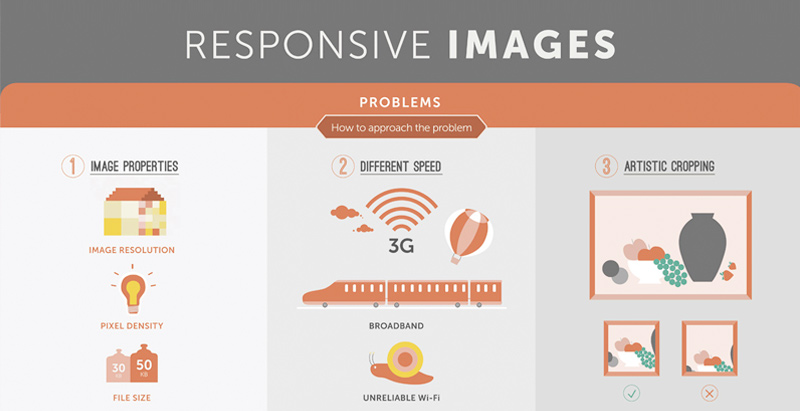Web Site Style Fundamentals: Tips For Building A User-Friendly Site
Web Site Style Fundamentals: Tips For Building A User-Friendly Site
Blog Article
Article Developed By-Wiley Devine
When it concerns website design, making sure user-friendliness is key. From responsive style to streamlined navigating, every element plays a critical role in creating a website that accommodates your target market's needs. But what about the better details that can make or break a user's surfing experience? Keep tuned as we uncover some often-overlooked pointers that can raise your site's functionality to the next degree, making it genuinely stand out in the electronic landscape.
Importance of Responsive Design
Responsive design is a critical element of contemporary web site advancement. Ensuring your site is receptive means that it can adjust to various screen dimensions and tools, supplying a smooth experience for users.
With the enhancing use mobile phones and tablets to access the web, having a receptive style is essential for reaching a wider audience. It assists in enhancing customer experience by making your web site very easy to navigate and keep reading any kind of gadget.
Furthermore, responsive style can positively impact your online search engine positions, as search engines like Google focus on mobile-friendly websites. By having a receptive layout, you're additionally future-proofing your website, as new devices with varying display dimensions continue to emerge.
Simplify Navigation Structure
To improve user experience and help with simple accessibility to details on your internet site, streamlining the navigation framework is vital. When designing your website, focus on creating a clear and instinctive navigating menu that helps site visitors discover what they're trying to find quickly.
Limit the variety of menu items to the fundamentals, organizing relevant pages together to stay clear of frustrating individuals. Use detailed labels that plainly suggest the material of each web page, making it less complicated for individuals to recognize where each web link will take them.
Think about implementing dropdown menus for subcategories to avoid littering the primary navigation bar. In addition, include a search bar prominently on the web page for individuals who favor searching for certain info.
Focus on mobile responsiveness in your navigating style to ensure easy gain access to on all gadgets.
Optimize Web Page Load Rate
Improving page load rate is important for maintaining site visitors on your site. Slow-loading best web design services discourage customers and can lead to high bounce rates. To enhance web page load rate, begin by optimizing images. Compress photos without compromising high quality to reduce their documents sizes.
In addition, make it possible for internet browser caching to keep frequently accessed sources locally, speeding up lots times for returning visitors. Minify CSS, JavaScript, and HTML files by removing unneeded characters, comments, and formatting, boosting lots rate.
Take into consideration making use of a material distribution network (CDN) to disperse your site's content across numerous servers worldwide, minimizing latency for customers accessing your site from different areas. Last but not least, restrict the use of third-party manuscripts and plugins, as they can substantially influence load times.
https://www.practicalecommerce.com/seo-tips-when-urls-differ-for-mobile-and-desktop
In conclusion, by integrating responsive layout, streamlining navigation, and maximizing web page tons rate, you can develop an user-friendly website that appeals to a wider target market and enhances user experience. These essential elements ensure that site visitors can conveniently access and navigate your website across different gadgets, leading to raised involvement and satisfaction. By focusing on these key facets, you can develop an effective website that keeps customers coming back for more.
